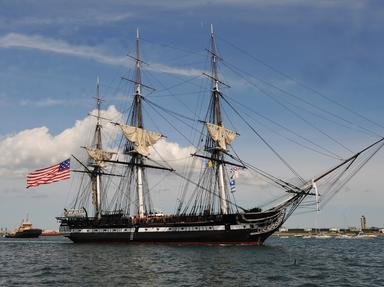Quiz Answer Key and Fun Facts
1. Who was the first published American poet in the New World?
2. This woman was at the center of the Antinomian crisis. She battled intellectually with the formidable Governor of New England, John Winthrop. Now there is a statue of her in Boston. She shares a first name with an early American poet. Who is she?
3. What woman had the misfortune to be captured during King Philip's War, was taken into captivity, and wrote one of the most famous captivity narratives in American literature?
4. Cotton Mather spoke eloquently about a woman he thought the personification of hell and witchcraft. Among other things, he called her a "rampant hag." Who was this woman?
5. There was a woman who was convicted and hung for preaching sermons in the Quaker faith. Who was she?
6. Who was the American woman who was captured by Native Americans in 1697 who then escaped by killing ten of the twelve captors in the night?
7. Who was the woman found not guilty of witchcraft (for a change) in 1674?
8. What woman was the only woman to found a settlement, Gravesend, for people who wanted religious freedom? Because of her independence, she was termed "a dangerous woman."
9. What was the name of the philosophy that divided Anne Hutchison from others and that led to her long feud with Governor Winthrop?
10. Which early American poet wrote rather innovatively of herself as a woman writer in her prologue to her book and to her many poems regarding writing?
Source: Author
Windswept
This quiz was reviewed by FunTrivia editor
bloomsby before going online.
Any errors found in FunTrivia content are routinely corrected through our feedback system.
